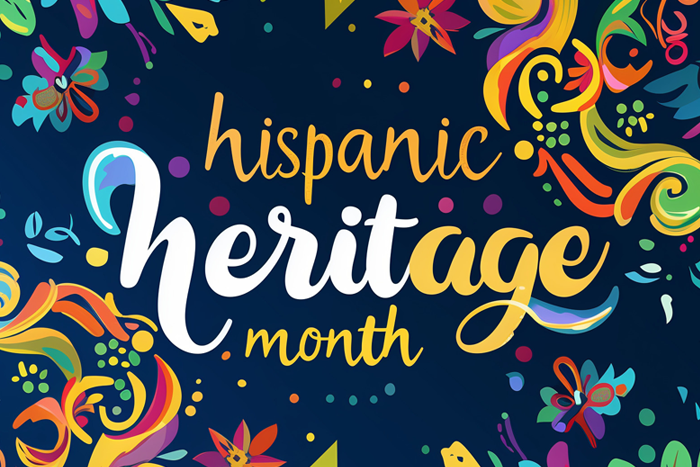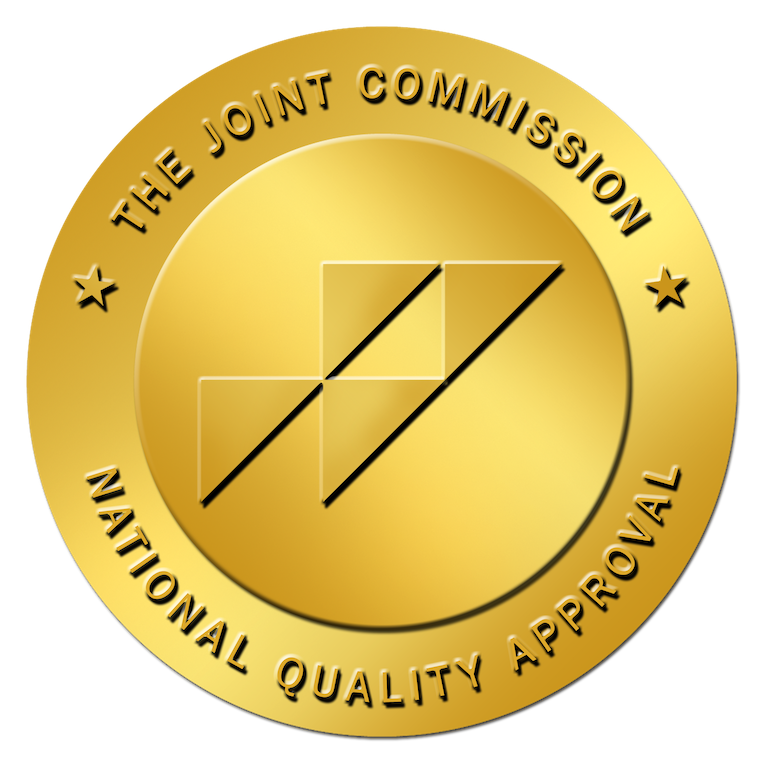
Hispanic Nurses : Inspiration for the Future
National Hispanic Heritage Month, celebrated September 15 to October 15, honors the many contributions of Latin Americans in the U.S., including many RNs.
Despite being underrepresented in the nursing workforce, Hispanic nurses have left their marks on the profession.
Dr. Ildaura Murillo-Rohde - A Nurse with a Legacy
Dr. Ildaura Murillo-Rohde, PhD, RN, FAAN, is perhaps the most historically influential Latina nurse. Dr. Murillo-Rohde came to the United States from Panama in her twenties and worked as a nurse in San Antonio, Texas in the 1940s. She was struck by how few Latino/Latina nurses there were to serve San Antonio’s large Hispanic population, and was determined to make a change.
After pursuing extensive schooling, holding federal healthcare positions, and obtaining a Fellowship from the American Academy of Nursing, (one of nursing’s highest honors), she went on to play an instrumental role in the foundation of the National Association of Hispanic Nurses (NAHN) in 1975.
The National Association of Hispanic Nurses (NAHN)
The NAHN, initially formed to address the needs of Latino/Latina nurses, now has a dual mission. The association aims to:
- Improve the health of Hispanic communities.
- Lead, promote, and advocate for the educational, professional, and leadership opportunities of Hispanic nurses.
The NAHN has chapters across the country, and members receive benefits such as professional networking, continuing education, and leadership development.
How diverse is the nurse population?
According to aggregated data, around 36% of the nurse workforce
self-identified as belonging to a minority population . 23.6% of RNs identified as black or African-American, 3.6% as Asian, 7.5% as Hispanic or Latino, 1.4% as two or more races, and 0.6% identified as American Indian, Alaskan Native, or Hawaiian Native.
Why does diversity in the nursing workforce matter?
Having a nurse workforce that is representative of the rest of the population is important in order to provide the highest standard of patient care. Nurses of similar ethnic, racial, or cultural backgrounds to patients may be better
equipped to navigate potential language barriers or cultural hurdles. Common ground between nurses and patients often fosters more frank and honest communication, which can lead to more meaningful, holistic care.
For example, when Steven Cabrera, a Latin American nurse, was asked by the newspaper Al Día when being Latino had been an asset for him professionally, he shared, "I had a patient who was very nervous about speaking English but when he found out that I was taking care of him and that I spoke Spanish, that opened many doors and that ultimately resulted in a better care." In the same article, a Latina healthcare practitioner shared how her understanding of Latino culture helped her combat common healthcare misconceptions within the community.
Diversity in the nursing workforce - or in any workforce, for that matter - is important for other reasons as well. Diversity in people means diversity in history, culture, language, experience, thinking, and decision-making.
Problem-solving becomes more multi-dimensional and innovation more likely. Variety spurs advancement!
Are you a Spanish-speaking RN?
If you speak Spanish (or another language!), make sure your travel nurse recruiter knows! Knowing a second language is one of those that can differentiate you from other travel nurse candidates.
What is a Travel Nurse?
Last Modified On: Sep 15, 2023
The next stop on your travel journey awaits.
You may also like these posts

Perioperative Nurses Week
Nov 14, 2022
OR Nurses Week is the perfect time to recognize the work of these skillful RNs. We've got a couple of creative ways to say thanks!
Read more

Pediatric Nurses Week - The Perfect Time to Say Thank You!
Oct 03, 2022
We're proud to recognize the work of Pediatric nurses - a special group, who care for young patients at their most vulnerable.
Read more

Nursing Job Satisfaction: A Case of Career Joy vs the Daily Grind
Aug 02, 2018
According to a national survey, 95% of nurses are glad they chose the profession. Here's what they love about nursing ... and what they don't.
Read more

